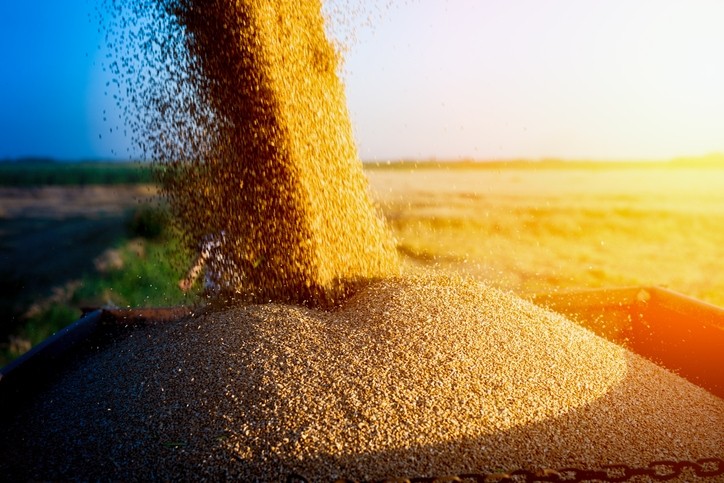Mexico: Increased corn production shifts feed use from sorghum

The US Department of Agriculture (USDA) released details regarding the production and use of feed grains, including corn and sorghum, in Mexico in an agricultural specialist’s report from the Foreign Agricultural service last week.
Overall, an increase in harvested area is anticipated to boost corn production, said the specialist. However, poor weather conditions and a reduction in planted acres are set to shrink sorghum production.
The use of corn in marketing year 2018/19 is also anticipated to increase to 44.1m metric tons, he said. “The increase reflects for higher feed use and a shift from consumption of sorghum to corn due to lower domestic sorghum production than previously estimated,” he added.
The drop in domestic production and increase in sorghum prices also could influence feed demand for sorghum, he said.
“In the last few years, the feed industry favored corn over sorghum due to lower relative prices that were a result of higher than expected domestic corn production as well as lower international corn prices.”
Corn and sorghum production
The forecast for corn production in marketing year 2018/19 has been raised based on an increase in harvested area and beneficial weather, which increased yield per acre, the specialist said. Estimated production was increased to 26.85m metric tons (MT).
“It is also important to note that Sinaloa farmers planted 488,500 hectares (ha) of corn in the 2018/19 fall /winter crop cycle, approximately 8% higher than initial planting intentions,” he said. “Similarly, producers in Sonora planted 58,000 ha of corn, more than double initial estimates.”
Average yields are estimated to be 11 MT per hectare but may have been more than 12 MT, he said.
Based on increased feed use, ending stocks for 2018/19 were reduced and the carryover amounts for MY 2019/20 were also lowered, he said.
Production for the coming 2019/20 marketing is anticipated to increase from production in this marketing year, the USDA said.
Estimated sorghum production in 2018/19 was lowered about 5.3% based on harvested area and weather during the crop cycle, the specialist said.
“Several weather factors had negative impacts on the 2018/19 fall-winter crop in Tamaulipas,” he wrote. “These included a lack of rain at the critical stage of the crop development, a heatwave during the grain filling stage, and a hail storm in mid-May.”
Yields are anticipated to have declined and total production in the region is predicted to drop to 1.6m metric tons when it generated 1.8m metric tons the previous year, he said.
“Tamaulipas is the main producing state for this crop cycle and livestock and poultry producers in areas like the Mexican Bajio depend upon it for feed,” he added.
Ending stocks in 2018/19 for the feed grain were lowered based on the decline in production and are anticipated to influence the carryover for MY 2019/20 as well, he said.
Trade patterns and projections
The forecast for corn imports for 2018/19 was lowered to 17.2m metric tons, based on the increase in domestic production, the specialist said. However, exports are also anticipated to drop.
“Mexico exported white corn to Venezuela in the last few years, but these exports declined substantially in the current marketing year due to that country’s recent political instability,” he said. “In the first five months of the CY 2019 Mexican exports of white corn to Venezuela declined approximately 36% compared to the same period a year earlier.”
Sorghum imports for marketing year 2019/20 are forecast to drop slightly from imports in 2018/19, the USDA reported. However, exports are expected to remain low and similar for both years.












